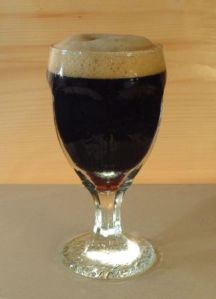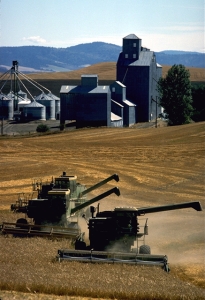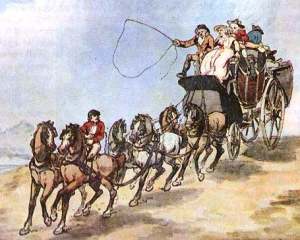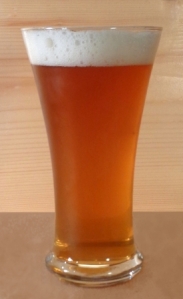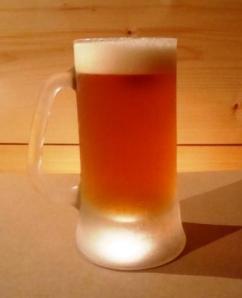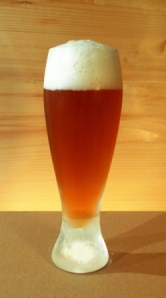 This is a classic Belgian dark tripel. If you have tried Brouwerij Van Steenberge’s Gulden Draak, you know what I mean. Buccoleon Strong Ale is a tribute to that world-class beer.
This is a classic Belgian dark tripel. If you have tried Brouwerij Van Steenberge’s Gulden Draak, you know what I mean. Buccoleon Strong Ale is a tribute to that world-class beer.
Brewed with Belgian Strong Ale yeast, it offers flavors of raisins, plums and pears, together with spicy hints of cloves, rum, and nutmeg. Starting with a Pilsner malt base; wheat malt, cara-wheat, crystal malt, biscuit/aroma malts and caramely golden syrup provide a flaky crust for this virtual fruit tart. The yeast leaves its distinctiver mark.
As it is not a Gulden Draak clone, it is a bit drier and a little more bitter. Its original gravity of 24.5 Plato (1105) still leaves a lot of residual sweetness, so it is refermented in the bottle with Champagne yeast and no added bottling sugar. Age this one at least a year.
Gulden Draak is named after the golden dragon at the top of the belfry of Ghent. The story of how he got there is fascinating. Buccoleon was the dragon’s name. He lived in the swampy ground around Aleppo, one of the chief cities of the Saracens in northern Syria. He was such a tender-hearted old dragon that he was called The Weeping Dragon. He wept bucketfuls of tears when Belgian crusaders and the Saracens fell to fighting. Where his tears fell, beautiful flowers began to grow.
A crusader took their bulbs back to Belgium, where they became famous for being the most beautiful tulips of all. Hearing about their fame, Buccoleon, whose scales had turned to gold because the crusaders had left, flew to Belgium to see for himself. He decided to stay!

